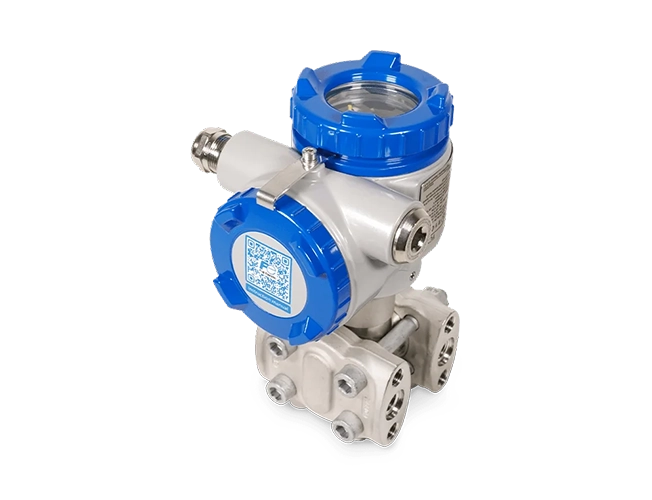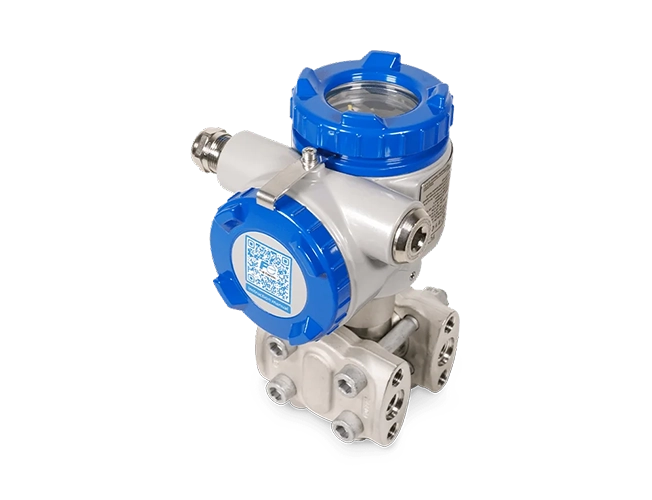Fuji Electric Pressure transmitter differential for hydrogen - FKC with hydroseal membrane
-
NG # 2473-HW-FUJI-010
Manufactured by:
Specification
Limping L- or T-shaped housing Measuring ranges (kPa) [e.max.] 32
130Weight per kg (without indicator) 3,6 Accuracy ±0.15% Materials in contact with the process Stainless steel 316, Stainless steel 316 L Case materials Standard: low-copper aluminum alloy with polyurethane epoxy coating (2 layers).
Option: 316 stainless steelMembrane materials Stainless steel 316 Stability ±0.15% of maximum scale for 10 years Elevation / Deletion Equal to the upper limit of static pressure. Process temperature -40 to +120 °C for silicone sensor filling
-20 to +80 °C for fluorinated oil sensor fillingAmbient temperature from -40 to +85 °C
-20 to +80 °C for LCD indicators
- 40 to +60 °C for shutdown option
-10 to +60 °C for fluorinated oil-filled sensorsPower supply 10.5 V to 45 V DC Output signal / Load resistance 4 to 20 mA Damping Configuration between 0.06 and 32 seconds Zero and span adjustment Via external sensor screw, local three-button indicator or HART™ protocol Electrical connections G1/2, 1/2-14 NPT, Pg13.5 or M20 × 1.5, depending on application datasheet Options Indicator, local configurator with LCD display, integrated lightning arrester, oxygen service, chlorine service, degreasing, datasheet NACE, vacuum service, optional nameplate, cell lining
Description
Fuji Electric's pressure transmitter differential FKC with hydroseal membrane, with its sensor technology for hydrogen, uses a double-coated gold and ceramic membrane to effectively block hydrogen permeation, guaranteeing increased accuracy and durability. Designed for pressures up to 42 MPa and temperatures between -40°C and +85°C, this system is ideal for critical applications such as fuel cells and gas monitoring in a variety of sectors, including the automotive and chemical industries. The transmitter's robust design ensures reliable performance even under high pressure, enhanced by features such as HART protocol for easy configuration.





